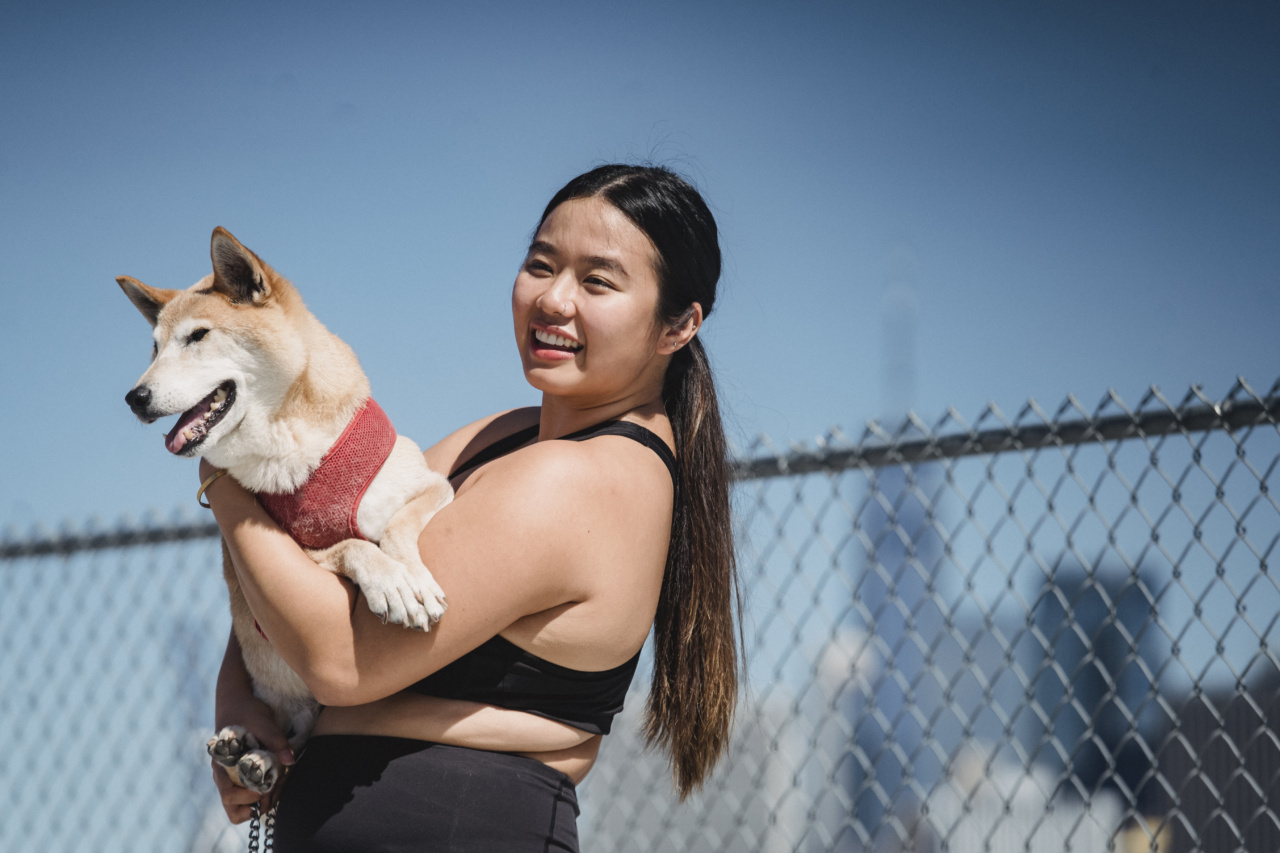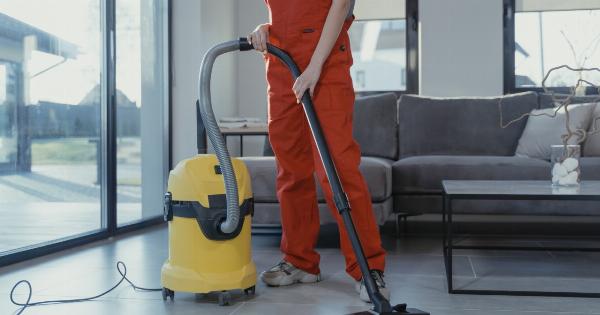Puppies are full of curiosity and energy, but they’re also full of fears. One of the most common fears that puppies experience is fear of the vacuum. This fear can be overwhelming and make your pup feel helpless.
But by following some simple techniques, you can train your puppy to conquer its fear of the vacuum and become a happy, well-adjusted member of your family.
Why Do Puppies Fear The Vacuum?
Puppies are naturally curious creatures, which can lead to fear of the unknown. The vacuum’s noise and movement can be overwhelming for a puppy, leading to fear and anxiety.
Additionally, if a puppy has had a previous negative experience with a vacuum, it can exacerbate their fear of the device.
Tip #1: Gradual Introductions
The first step in helping your puppy overcome its fear of the vacuum is to gradually introduce it to the device. Start by placing the vacuum in a corner of the room and allowing your pup to sniff and investigate it.
Reward your pup with a treat for sniffing the vacuum and showing interest in it. Gradually move the vacuum closer to your pup, rewarding each step of progress.
Tip #2: Positive Reinforcement
Positive reinforcement is an essential tool in helping your puppy overcome its fear of the vacuum. Provide treats and praise when your puppy displays curiosity and interest in the vacuum.
Remember to always provide positive reinforcement when your pup makes progress, even small steps. Positive reinforcement will help to build confidence in your pup and reduce fear and anxiety.
Tip #3: Conditioning
Conditioning is another technique to help your puppy overcome its fear of the vacuum. Start by turning the vacuum on briefly and progressively increase the amount of time it is running.
You can also use other sounds or toys that mimic the noise of the vacuum to desensitize your pup to the sounds. Use positive reinforcement during conditioning to build positive associations with the vacuum.
Tip #4: Distraction
Distraction is a useful tool to alleviate your pup’s fear of the vacuum. Offer your pup a favorite toy or treat when the vacuum is turned on to keep their attention away from the device.
If your pup is food-motivated, you can also feed them a treat while the vacuum is turned on.
Tip #5: Consistency
Consistency is essential when training your puppy to conquer its fear of the vacuum. Be consistent with your training techniques and keep training sessions short and frequent. Consistency will help your pup build confidence and reduce fear and anxiety.
Tip #6: Seek Professional Help
If your puppy’s fear of the vacuum persists, it may be time to seek professional help. A qualified dog trainer or behaviorist can help you identify the underlying cause of your pup’s fear and develop a training plan to address the issue.
Don’t be afraid to seek help if you’re unable to help your pup overcome its fear of the vacuum.
Tip #7: Graduated Exposure
Finally, graduated exposure is a technique that can help your puppy overcome its fear of the vacuum.
Graduated exposure involves slowly increasing your pup’s exposure to the vacuum, starting with the vacuum turned off and gradually increasing the time it is turned on.
Tip #8: Don’t Force Your Puppy
It’s important to remember that forcing your puppy to face its fear of the vacuum can make the problem worse. Don’t force your pup to approach the vacuum or expose them to the device if they’re not comfortable.
Allow your pup to approach the vacuum at their own pace and always use positive reinforcement.
Tip #9: Encourage Playtime
Encouraging playtime can help your puppy overcome its fear of the vacuum. Playtime can help reduce stress and anxiety in your pup, allowing them to approach the vacuum with greater confidence.
Encourage playtime with favorite toys or activities to help build positive associations with the vacuum.
Tip #10: Exercise Patience
Finally, it’s important to remember that overcoming a fear takes time and patience. Don’t get frustrated if your pup doesn’t make progress as quickly as you’d like.
Remember to always use positive reinforcement and consistent training techniques, and be patient with your pup’s progress.
























